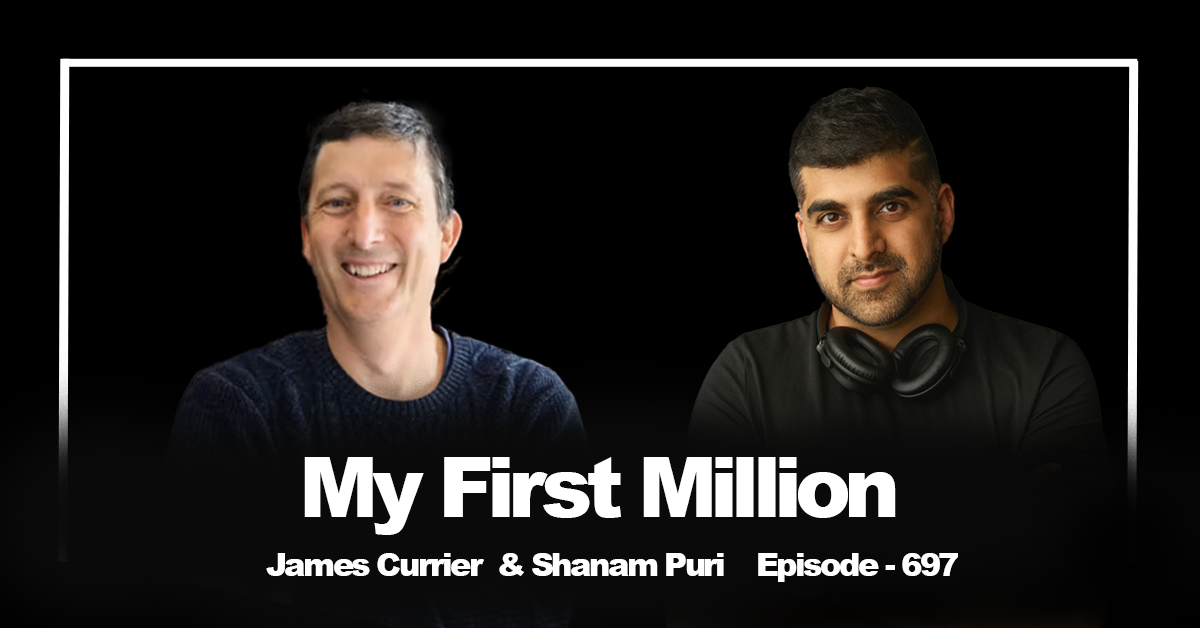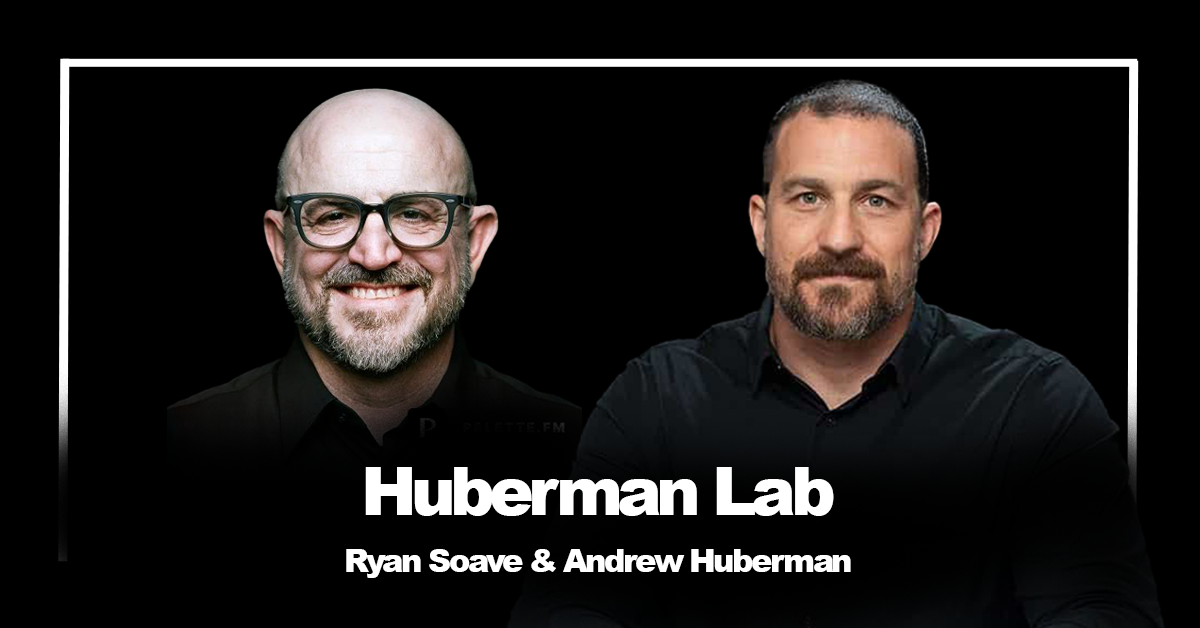This week, Shane Parrish sits down with Bruce Flatt, the CEO of Brookfield Asset Management, one of the largest alternative asset managers globally, overseeing more than a trillion dollars. They dive deep into the enduring fundamentals of investing, the massive shifts reshaping the global economy, and the operational machinery behind Brookfield’s long-term success.
Bruce offers a masterclass in value investing principles, risk management, and how Brookfield identifies and capitalizes on major secular trends like digitalization, decarbonization, and deglobalization (or re-industrialization). It’s a fascinating look inside a financial powerhouse navigating today’s complex world.
Here are the detailed key insights and takeaways:
1. Investing Fundamentals: Unchanged Core, Evolving Environment
- Core Principle: Investing hasn’t fundamentally changed. It’s about buying great businesses/assets and holding them for long periods to earn cash returns.
- What Has Changed:
- The Environment: The rise of passive investing and indexing has altered how public markets trade, sometimes creating disparities between market price and underlying asset value.
- The Assets: 50% of what Brookfield invests in today (e.g., data centers, fiber networks, renewable power infrastructure) didn’t exist as investable asset classes 20 years ago. The “backbone of the economy” is constantly evolving.
- Value vs. Price: Success isn’t just having a great asset; it’s understanding the difference between its intrinsic value and its current market price. Passive flows can distort price, creating opportunities for active, value-oriented investors, especially in private markets.
2. Private vs. Public Markets: The Advantage of Patience
- Distraction of Price: Public markets force a focus on daily price fluctuations, which is often irrelevant to the long-term fundamentals of owning infrastructure or real assets.
- Private Market Focus: Owning assets privately allows Brookfield to focus purely on the underlying value and cash flow generation, without the noise and short-term pressures of public market trading. They can operate and invest for the long term.
- Capital Needs: Most listed companies don’t need constant access to public capital; they are listed mainly because they are large and require owners. Price discovery in public markets isn’t always efficient.
3. Megatrends Shaping Brookfield’s Strategy:
- Trend 1: Digitalization: The massive, ongoing build-out of the digital world’s backbone.
- Infrastructure Needs: Data centers, fiber optic networks, cell towers (Brookfield owns a huge portfolio in India, acquired from Reliance Geo).
- AI Application: Investing trillions, but also applying AI within their own operating businesses (e.g., optimizing battery manufacturing, approving healthcare procedures) to boost productivity and efficiency. The real win isn’t just owning the AI tech, but applying it.
- Trend 2: Decarbonization (Low-Carbon Transition): The shift towards lower-carbon energy sources.
- Economics Driving Solar/Wind: Solar and wind are now the lowest-cost sources of new power generation in most countries. This economic reality makes the transition “inexorable.”
- Bridge Fuels: Natural gas remains a critical bridge fuel globally, especially for baseload power when renewables aren’t available and for replacing coal (which is beneficial). LNG export is a key market. Oil remains essential for transportation and chemicals, not primarily power generation.
- Grid Stabilization: Need for stabilizing sources (nuclear, gas, eventually batteries at scale) to complement intermittent renewables.
- Trend 3: Deglobalization / Re-industrialization: Shifting manufacturing and supply chains.
- Moving Back: Companies increasingly relocating industrial capacity back to Western markets (or closer to consumers) due to supply chain risks, tariffs, and geopolitical factors. Robotics and automation make labor cost differentials less critical.
- Impact: Creates demand for new industrial facilities and infrastructure in developed nations. While Asia remains a vital consumer market, some manufacturing will onshore/nearshore.
4. Brookfield’s Machinery: Structure, Risk & Finance
- Asset-by-Asset Financing: Brookfield finances each asset or business individually, not at the consolidated level. Debt is conservatively managed and tailored to the specific asset’s cash flows.
- Focus on Downside Protection: Investment committees prioritize understanding and mitigating downside risks. “What can go wrong? How bad could it get? How do we deal with it?” Upside tends to take care of itself if the downside is protected.
- Small Mistakes, Not Big Ones: Aim to make small, incremental errors (part of learning and growing) but avoid catastrophic mistakes. Recovering from big errors is much harder.
- Counter-Cyclical Preparation: Always prepare for down markets during good times. Ensure businesses are resilient and have liquidity to withstand stress and capitalize on dislocation opportunities.
- Spread Widening/Narrowing: Don’t borrow solely at the Treasury rate; the spread (risk premium) matters. Spreads widened significantly during COVID even as base rates fell. Today, base rates are higher, but spreads are historically tight, making long-term financing attractive. Brookfield recently locked in 30-year financing at just 125 basis points over Treasuries.
- Interest Rate Outlook: Bruce sees current rates as relatively normal historically, not overly high. Expects short-term rates might come down slightly (50-100bps), settling into a normal range.
- Structure & Complexity: Acknowledges the criticism that Brookfield’s structure (multiple entities, public/private vehicles) can seem complex.
- Rationale: Each piece serves a specific purpose and contributes value. Structure provides maximum flexibility for different opportunities and caters to different investor audiences (e.g., pure-play asset management vs. owning underlying assets).
- Transparency: Commits to continually explaining the rationale for each part of the structure. A consolidated structure would mean dilution and losing strategic benefits.
5. Talent, Culture & Leadership:
- Extreme Meritocracy: Brookfield operates as a partnership where ownership isn’t based on family ties but on merit. Wise older leaders provide gravitas and experience, while smart, aggressive young partners drive new trends and energy.
- Internal Promotion: Emphasis on developing talent internally (e.g., Connor Teskey, identified early and now CEO of the asset management business at 37).
- Building the Next Generation: Culture encourages identifying and empowering future leaders.
6. Brookfield’s Insurance Business:
- Strategic Rationale: Entered insurance (primarily annuities) five years ago. Goal isn’t just to be an insurer, but to leverage Brookfield’s investment skills. Insurance provides a large pool of long-term assets ($120B currently) perfectly suited for investing in Brookfield’s core infrastructure/real asset strategies.
- Unique Advantage: Access to proprietary investment products and ability to comfort regulators about asset quality gives them an edge over insurers who primarily invest in standard fixed income.
- Over-Capitalization: Intentionally keeps the insurance business heavily capitalized (started with $4B, now $16-17B equity, plus $100B+ parent capital backstop) to ensure stability and earn excess returns on the asset side.
Final Thought:
Bruce Flatt offered a clear, principled look into how one of the world’s most successful investment firms operates. Their strategy hinges on sticking to fundamental value principles, identifying and leaning into massive long-term trends (digitalization, decarbonization, deglobalization), managing risk conservatively on an asset-by-asset basis, and building a culture of meritocracy. It’s a compelling case study in patient, disciplined, long-term investing at scale.
Listen to the full episode here: [Link to Episode]
Find more from The Knowledge Project at fs.blog/podcast.
Until next time,
The Podcast Notes Team





